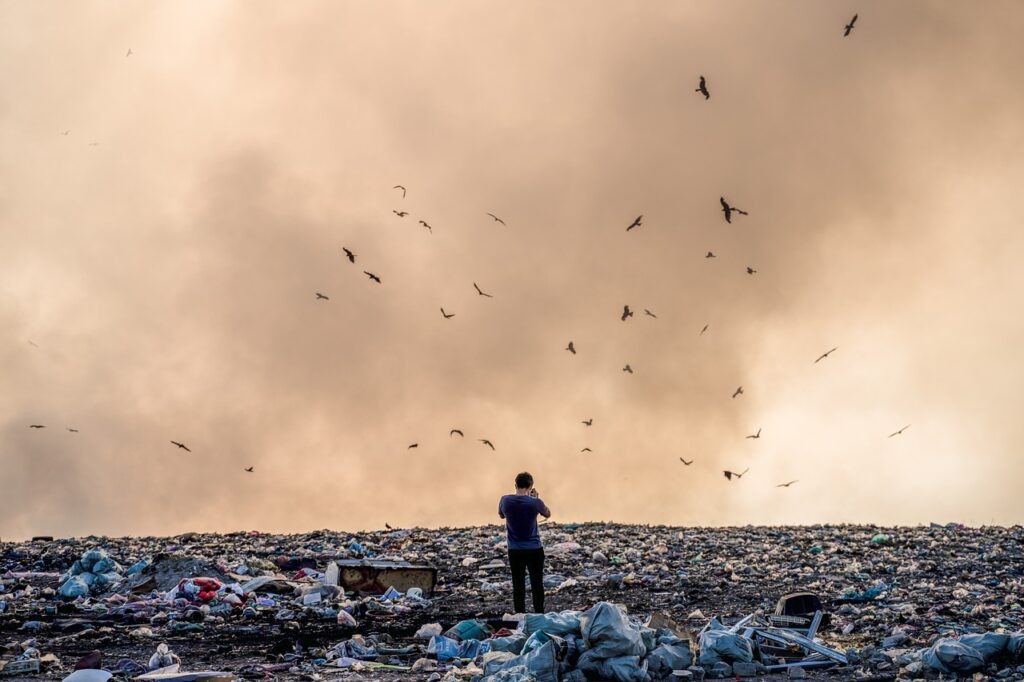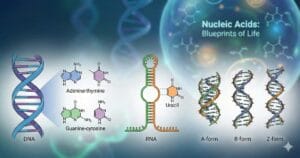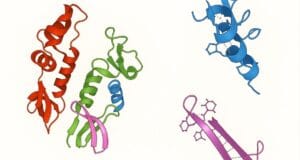
COMPETITIVE EXAM MCQs SERIES of ENVIRONMENTAL SCIENCE for UGC-NET/JRF, SLET, ARS, GATE, and other entrance tests – Sources and Management of Plastic Waste.
Syllabus Outline
- Sources of plastic waste (domestic, industrial, agricultural, etc.)
- Pollution of land, water, and air by plastics
- Effects of microplastics on ecosystems and human health
- Long-term environmental consequences of plastic waste
- Plastic Waste Collection and Segregation
- Types of plastic recycling (e.g. mechanical, chemical, and energy recovery)
- Processes and technologies involved in plastic recycling
- Challenges and limitations in plastic recycling
- Strategies to reduce plastic waste at source (e.g., bans on single-use plastics)
- Promotion of reusable and biodegradable alternatives
- Applications of recycled plastics in construction, packaging, and other industries
- Benefits and challenges of using recycled plastics
This quiz contains the concept-based most frequently asked 25 MCQs of “Sources and Management of Plastic Waste“. Each question has a single correct/most appropriate answer.
*****
1. Which method is commonly used for plastic waste disposal?
a) Incineration
b) Composting
c) Landfilling
d) Recycling
2. Which class of plastics can be melted and moulded by heating and hardened by cooling?
a) Thermoplastics
b) Thermosets
c) Bioplastics
d) Both a and b
3. What is the correct order of plastic recycling?
I – Collection of plastic waste
II – Sorting or arranging plastics into categories
III – Washing to remove impurities
IV – Shredding, resizing, identifying and separating plastics
V – Compounding
a) I, II, III, IV and V
b) V, IV, III, II and I
c) I, III, II, IV and V
d) I, II, IV, III and V
4. What is the advantage of plastic waste recycling over other waste management methods?
I – Decrease CO2 and other harmful gases
II – Recycling plastic requires less energy
III – Recycling plastic waste without release of volatile gases
IV – It saves fast-depleting landfill space
a) I, II, III and IV
b) I only
c) I, II and IV
d) II, III and IV
5. The waste produced after incineration of plastic waste is mainly composed of:
I – VOCs
II – Ash
III – HCl
IV – CO
a) I, II, III and IV
b) I, II and III
c) I and II
d) II and IV
6. Plastic waste is segregated before incineration to avoid:
a) Explosive accident
b) Excess emission of CO2
c) Combustible materials
d) Excess emission of VOCs
7. Benefits of plastic waste management through incineration include:
I – It produces heat and power needed in different activities.
II – It can be applied in any season or weather.
III – It prevents the production of methane gas.
IV – Cheap setup compared to other waste management methods.
V – It releases ash that can be useful to people and the environment
a) I, II, III, IV and V
b) I, II and III
c) I, II, IV and V
d) II, III and IV
8. Unsafe landfills using plastic waste can lead to:
a) Groundwater contamination
b) Soil Degradation
c) Air Pollution
d) Both a and b
9. How much approx. time is required to degrade plastic wastes in landfill processing?
a) 10 to 100 Years
b) 45 to 60 Days
c) 100 to 1000 Years
d) 1 to 2 Years
10. How much plastic waste is thermoplastic?
a) <20%
b) 30-50 %
c) >75%
d) 92-97%
11. The process of converting gases and fatty oils to recover crude petrochemicals and obtain hydrocarbons from plastic waste is referred to as:
a) Pyrolysis
b) Incineration
c) Recycling
d) Bioremediation
12. Which of the following sectors is the largest producer of plastic waste globally?
a) Automotive industry
b) Construction industry
c) Packaging industry
d) Electronics industry
13. What is the primary source of microplastics in the ocean?
a) Industrial waste
b) Cosmetic products
c) Textile fibers
d) Plastic bottles
14. Which of the following plastics is commonly found in single-use products?
a) Polyvinyl chloride
b) Polystyrene
c) Polyethylene terephthalate
d) Low-density polyethylene
15. Which process is commonly used to recycle plastic waste?
a) Incineration
b) Pyrolysis
c) Mechanical recycling
d) Chemical precipitation
16. What is India’s key challenge in recycling mixed plastic waste?
a) High energy consumption
b) High cost of separation
c) Lack of technology
d) Lack of awareness
17. Which ocean gyre is known for accumulating plastic waste?
a) Indian Ocean Gyre
b) North Pacific Gyre
c) South Atlantic Gyre
d) North Atlantic Gyre
18. Which plastic additive is often a concern due to its endocrine-disrupting properties?
a) Phthalates
b) UV stabilizers
c) Antioxidants
d) Flame retardants
19. Which property of plastics makes them particularly problematic in waste management?
a) High flammability
b) High-density
c) Low biodegradability
d) Low melting point
20. Which of the following is a major component of marine plastic debris?
a) Plastic straws
b) Fishing nets
c) Plastic bottles
d) Microbeads
21. What is the main goal of the Plastic Waste Management Rules 2016 in India?
a) Ban the production and use of single-use plastics
b) Ban the production and use of all plastics
c) Improve the collection and recycling of plastic waste
d) Decrease the import of plastic waste
22. Which process involves breaking down plastics into their monomers for re-polymerization?
a) Thermal recycling
b) Chemical recycling
c) Mechanical recycling
d) Biological recycling
23. Which type of plastic waste is most commonly found in municipal solid waste?
a) Polypropylene
b) Polyvinyl chloride
c) Polystyrene
d) Polyethylene
24. Which material is commonly used as an alternative to plastic straws to reduce plastic waste in India?
a) Metal
b) Glass
c) Paper
d) Wood
25. Which technology can effectively detect and monitor plastic waste in marine environments?
a) Satellite remote sensing
b) Ground-penetrating radar
c) Sonar mapping
d) Infrared thermography
*****
Previous: Sources and Management of Fly Ash
Next: Environmental Impact Assessment and Statement
References
- Hopewell, J., Dvorak, R., & Kosior, E. (2009) Plastics Recycling: Challenges and Opportunities. Philosophical Transactions of the Royal Society B.
- Rajagopal, R. (2015) Plastic Waste Management in India. Kalpaz Publications.
- Kumar, S., & Singh, R. P. (2013) Plastics: A Toxic Love Story. Jaico Publishing House.
- Gupta, K. (2014) Plastics Waste Management: Processing and Disposal. DEStech Publications, Inc.

